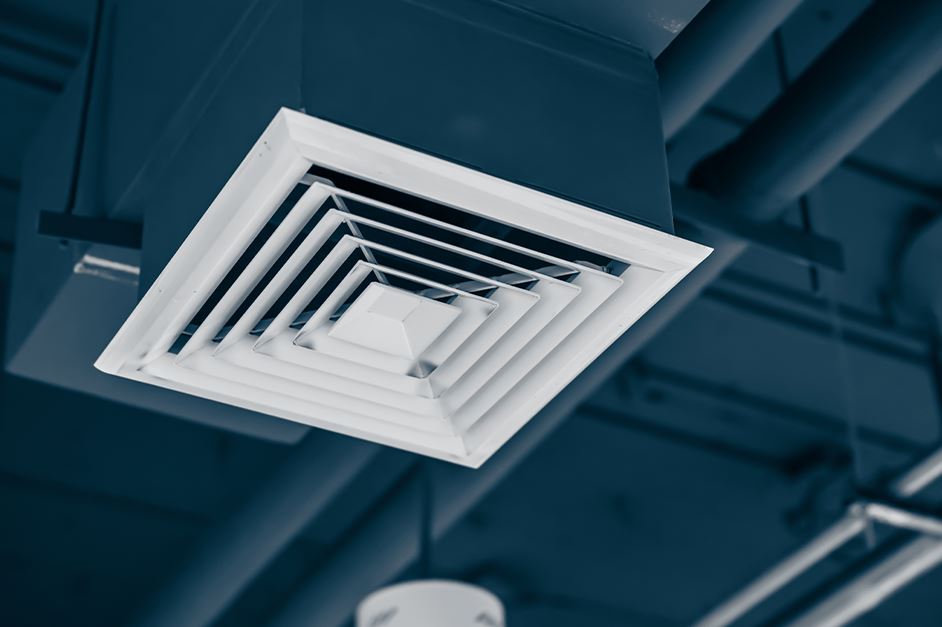Designing Ducted Air Conditioning Systems for Energy Efficiency
Welcome to this comprehensive guide on designing ducted air conditioning systems for energy efficiency. As the world increasingly focuses on sustainable living and reducing energy consumption, the importance of energy-efficient appliances and systems has never been greater. Air conditioning systems, which often consume a significant amount of electricity, are no exception to this trend.
But what if I told you that your ducted air conditioning system could offer you optimal comfort and be designed to reduce energy usage? This blog post aims to delve into the complexities of ducted air conditioning on the Gold Coast systems and offer actionable insights for making them as energy-efficient as possible.
Whether you’re a homeowner looking to retrofit your existing system or a professional working on a new installation, this blog post aims to provide you with valuable information on how to design a ducted, efficient, and effective air conditioning system. Read on to discover the economic, environmental, and regulatory benefits of an energy-efficient design, and equip yourself with the knowledge you need to make informed decisions.

Stay tuned as we discuss the components of a ducted air conditioning system, key considerations for energy-efficient design, cutting-edge technologies that offer greater efficiency, real-world case studies, and best practices to follow.
Why Focus on Energy-Efficiency?
The economic benefit is one of the most compelling reasons to focus on energy efficiency. A well-designed, energy-efficient, ducted air conditioning system can substantially reduce monthly utility bills. Over time, these savings can add up to a significant amount, offsetting the initial costs of installation or retrofitting.
Beyond the financial advantages, energy-efficient systems are critical in reducing a building’s carbon footprint. Air conditioning systems are significant contributors to electricity consumption and, therefore, carbon emissions. By optimising your ducted air conditioning system for energy efficiency, you can play a part in mitigating climate change.
Many localities now have stringent energy codes and standards that new constructions and major renovations must meet. Designing your ducted air conditioning system with energy efficiency in mind can help you comply with these regulations, avoiding penalties and even qualifying for energy-saving incentives.
Understanding the Components of a Ducted Air Conditioning System
Air Handler
The air handler is essentially the “heart” of any ducted air conditioning system. It houses the fan and the cooling or heating coils and pushes conditioned air through the ductwork.
When selecting an air handler, look for units with variable-speed motors and energy-efficient fans. These units adjust their speed based on the demand, thus conserving energy.
Condensing Unit
The condensing unit is the outdoor component of your system. It houses the compressor and the condenser coil and is pivotal in refrigeration, where heat is expelled from the indoor air.
Look for a unit with a high Seasonal Energy Efficiency Ratio (SEER) rating, which will run more efficiently. Additionally, units with two-stage or variable-speed compressors can adapt to the cooling needs more effectively, saving energy.
Ductwork
The ductwork distributes the conditioned air throughout the building. Your ductwork’s efficiency can significantly influence your system’s overall energy efficiency.
Ducts should be well-insulated and sealed to prevent air leaks. Furthermore, the design should facilitate smooth airflow, minimising bends and turns that can cause resistance and reduce efficiency.
Thermostats and Controls
Thermostats control the indoor temperature by signalling the air handler and condensing unit to turn on or off based on the settings.
Installing a smart thermostat can allow for more precise control over temperature settings, even remotely. This lets you turn off the system when unnecessary and make real-time adjustments for optimal energy usage.
Key Considerations for Energy-Efficient Design
Zone Design
Zoned systems allow you to divide your home or building into different areas that can be cooled or heated independently. This prevents wastage of energy in unoccupied or seldom-used spaces and improves overall system efficiency.
Duct Layout
A well-designed duct layout optimises the airflow path, reducing the energy required to move air through the system.
Avoid overly complex designs with too many bends, turns, or unnecessarily long paths, as these can reduce efficiency.
Insulation
Proper insulation materials like fibreglass, foam boards, or reflective insulation around ducts can minimise heat loss or gain, thus improving energy efficiency.
Airflow
Properly sized ducts and optimised airflow rates can significantly enhance the efficiency of your system.
VAV systems adjust the airflow rate based on each zone’s cooling or heating needs, thus offering more precise control and greater energy efficiency.
Cutting-Edge Technologies for Greater Efficiency
Variable Frequency Drives (VFD)
Variable Frequency Drives (VFDs) control the speed of the motor in the air handler, enabling it to adjust to the actual demand for conditioned air. This results in less energy consumption than systems running at a constant speed. Essentially, the motor only works as hard as it needs to, saving energy and prolonging the system’s lifespan.
Heat Recovery Units
Heat Recovery Units (HRUs) …

